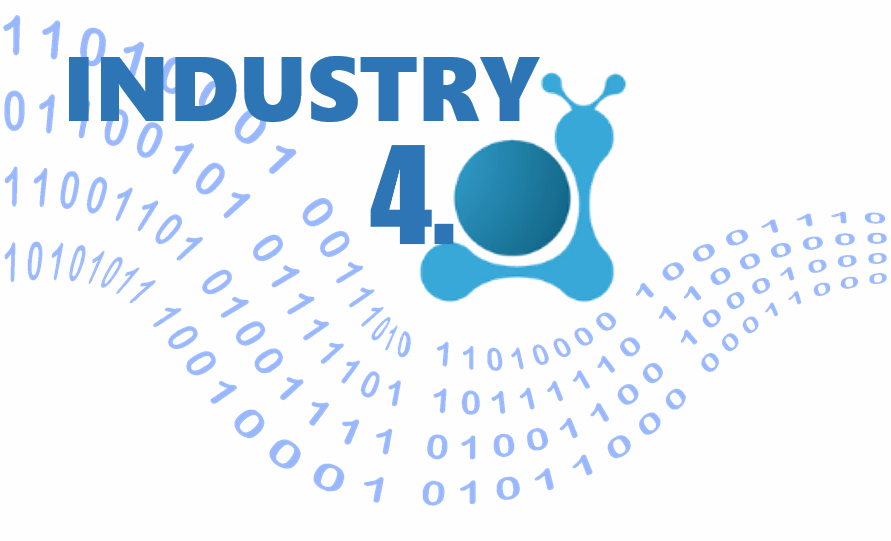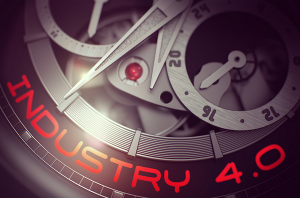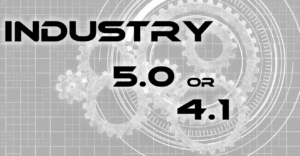The late Emma Goldman, a twentieth century anarchist and political activist, once stated, “If I can’t dance to it, it’s not my revolution.” The latest industrial revolution, labeled Industry 4.0, is a revolutionary dance many manufacturers have yet to join. Many analysts believe manufacturers need to start dancing if they are going to survive and thrive in the digital age. Most manufacturers seem to understand the need to transform. Thomas Leeson (@TomLeesn), an industry marketing strategist at OpenText, reports, “Manufacturers are excited about the possibilities of digital transformation. As the Fourth Industrial Revolution gains traction, 65 percent of manufacturers expect to adopt digital manufacturing practices by 2020, according to IDC Manufacturing Insights.”[1] However, as I noted in Part 1 of this article, Industry 4.0 is a slow revolution being built on the foundation of big data, artificial intelligence (AI), and the Internet of Things (IoT). Charles Towers-Clark, Group CEO of Pod Group, asserts, “IoT, Big Data, and AI all feed into each other and create an ecosystem of automation — IoT devices collect data on millions of criteria, which is then collated in the cloud, and used to train and improve AI algorithms. As such, ensuring that people understand how IoT, Big Data and AI interact and improve each other is the most important thing we can do to bring real improvements to our lives.”[2]
Challenges to joining Industry 4.0
Deloitte analysts interviewed more than 2,000 C-suite executives from 19 countries about how they and their organizations are embracing the opportunities and challenges of Industry 4.0.[3] From those interviews they identified eleven specific challenges hampering Industry 4.0 transformation. They are:
1) Lack of vision on the part of leadership
2) Too many technological choices
3) Organizational or geographical silos
4) Pressure to deliver short-term results
5) Lack of skilled talent
6) Lack of diverse perspectives
7) Resistance to change
8) Lack of strategic imperative
9) Funding challenges
10) The pace of change
11) Fear of failure
Stephen Gold (@MAPICEO), President and CEO of the Manufacturers Alliance for Productivity and Innovation (MAPI), believes technology remains too immature for executives to feel comfortable committing to digital transformation. He explains, “The technologies necessary to create a thoroughly integrated cyber-physical system are still in the early stages of development, and the expertise to operate and maintain these systems is still being cultivated.”[4] He continues:
“In addition, manufacturing investment cycles are long — existing factories will likely take years to adopt new ‘smart’ technologies. Most important is the need for rules around the collection, flow, and analysis of digital information — in effect, information governance through the collective action of public and private organizations.”
Deloitte analysts indicate their research concludes data silos, an artifact of the industrial age, constitute one the largest challenges to digital transformation. They write:
“One-third of leaders in this year’s study … ranked organizational or geographical silos among their top three challenges in setting Industry 4.0 strategy. … Leaders from organizations struggling with silos acknowledged the negative impact on their companies’ knowledge bases. Sixty percent of CXOs reported that their organization’s Industry 4.0 knowledge was concentrated in a few individuals or groups within the leadership team rather than being widely distributed. That creates challenges across multiple fronts, including strategy. Those CXOs who noted they sit in siloed organizations were also more likely to say they don’t know what skill sets their workforces will need for the future (41 percent versus 35 percent among all CXOs). Executives whose organizations struggle with silos also were less likely to say their technology investments have achieved or exceeded their intended business outcomes.”
Suggestions for speeding the process
The slow pace of digital transformation has baffled some analysts because manufacturing has historically been on the cutting edge of technological change. Ray Watson, Vice President of Global Technology at Masergy, asserts, “Manufacturing has always been an industry which harnesses technology in order to deliver greater efficiency and productivity.”[5] So can manufacturers jump start their Industry 4.0 efforts? Watson suggests manufacturers need to ensure their data collection and collaboration system is refined and up to the task. He writes, “Manufacturers are increasingly using data to improve their production processes, achieve greater consistency, and to create safer working environments. The combination of the IoT and the increasing digitization of information has resulted in an explosion of data. With systems and devices exchanging vast amounts of information, manufacturers need to ensure that robust real-time integrations are in place — as information is constantly being shared with supply partners and those within the distribution chain.”
Leeson agrees. He writes, “To fully realize the benefits of a digital transformation strategy, manufacturers will have to address the fundamental challenge of data integration and management. Reliable access to quality data is essential, and manufacturers who address these challenges can connect operations with analytics and securely unify the enterprise, all while remaining in compliance with evolving regulations.” Data integration and management involves breaking down the data silos that Deloitte analysts insist are holding organizations from transforming more quickly. Leeson adds, “To achieve the agility today’s competitive landscape demands, manufacturers have to implement a strategy that addresses information from multiple sources in a variety of formats. They need a way to break down data silos and create a centralized repository. To achieve this, most prefer to focus on their core competencies instead and partner with a data integration and management vendor to ensure access to best practices, skilled technologist and reliable platform to help them complete the vision and strategy for supply chain operations.”
Concluding thoughts
As Towers-Clark noted at the beginning of this article, “IoT, Big Data, and AI all feed into each other and create an ecosystem of automation. … Ensuring that people understand how IoT, Big Data and AI interact and improve each other is the most important thing we can do to bring real improvements to our lives.” He adds, “Bringing AI into industrial processes is not as easy as buying a new piece of equipment however. Due to the complex and interlinked nature of industrial processes, companies must have a solid understanding of what they want from AI in the first place.”[6] Companies must also face the non-technology challenges identified by the Deloitte survey. With so many challenges slowing Industry 4.0 progress, it’s likely to remain a revolution that unfolds in slow motion.
Footnotes
[1] Thomas Leeson, “How Data Can Help Manufacturers Thrive in the Fourth Industrial Revolution,” Manufacturing.net, 5 March 2019.
[2] Charles Towers-Clark, “Big Data, IoT And AI, Part One: Three Sides Of The Same Coin,” Forbes, 15 February 2019.
[3] Deloitte, “Enterprises Slow to Adapt Strategies for Industry 4.0,” The Wall Street Journal, 3 February 2019.
[4] Stephen Gold, “Bumps in the Road to Smart Manufacturing,” IndustryWeek, 6 March 2019.
[5] Ray Watson, “Jump starting digital transformation in manufacturing,” Manufacturing Global, 8 February 2019.
[6] Charles Towers-Clark, “Big Data, AI & IoT Part Two: Driving Industry 4.0 One Step At A Time,” Forbes, 20 February 2019.





